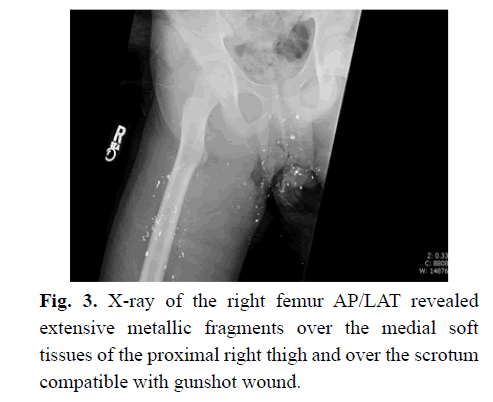

Metastatic calcifications are generally diffuse, occur in otherwise normal tissue, and are associated with abnormal serum levels of calcium, phosphate (increased calcium-phosphate product) and other ions. They represent more than 95% of calcifications observed in radiology. Dystrophic calcifications occur in necrotic or damaged tissue with normal serum levels of calcium and may progress to ossification. Two categories of calcifications are recognised: dystrophic and metabolic (also termed metastatic). While seemingly trivial, calcifications can be an early indication of an unsuspected pathology.
#IRREGULAR SOFT TISSUE FRAGMENTS MEANING HOW TO#
Oftentimes, the radiologist is uncomfortable regarding how to report them or if further investigations is necessary. Soft tissue musculoskeletal calcifications are seen on radiographs on a daily basis. Calcinosis is more frequently caused by chronic renal failure and scleroderma.HADD and CPPD crystal deposition have a distinct appearance on radiograph.The clinical manifestations of calcifications may sometimes mimic septic arthritis or sarcoma.A musculoskeletal MRI study must always be correlated with a radiograph.Calcifications have to be differentiated form ossification and foreign body.Soft tissue calcification can be caused by secondary tumoural calcinosis from renal insufficiency, or collagen vascular diseases and by vascular calcifications, either arterial or venous (phlebolith). In most cases, intra-articular calcifications are caused by calcium pyrophosphate dihydrate (CPPD) crystal deposition disease. Intra-tendon calcifications are most frequently associated with hydroxyapatite deposition disease (HADD). Each location has a specific short differential diagnosis, with minimal further investigation necessary. One should first differentiate a calcification from an ossification or a foreign body and then locate the calcification correctly. The goal of this article is to help radiologists to make the correct diagnosis when faced with an extraosseous musculoskeletal calcification. Musculoskeletal calcifications are frequent on radiographs and sometimes problematic.


 0 kommentar(er)
0 kommentar(er)
